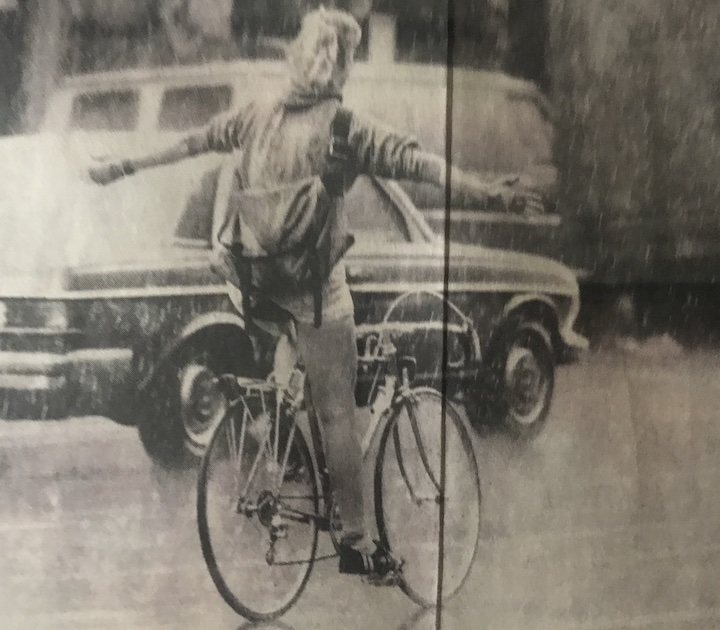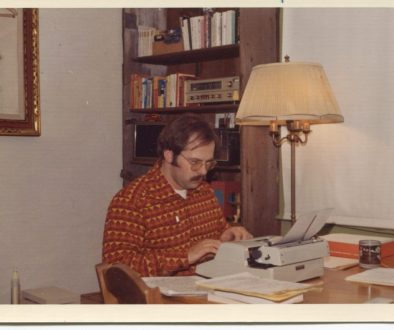Bicycles: The Innovators Break Away from the Peloton
I do not remember my first bicycle with fondness. I was perhaps nine years old, living in Rawlins, Wyoming. My father showed up with it one day, quite out of the blue. It was huge, really quite too large for a kid. And it was heavy. I swear it was made of cast iron. Large balloon tires, painted silver and purple, with widespread handlebars. But boy, oh boy, did the joy and freedom of riding my own bike.

It must have been a year and a half later that my parents took pity on me and gave me a new bike for my birthday. It was a dark red Hercules racing bike with a three-speed shifter. Built in England, it was all the things my first bike was not.
I think back on these two bikes and recall the lessons each taught me, which I carried into my adult love affair with the bicycle. Because it was so heavy and made me work so hard, my first bike taught me strength. My Hercules taught me agility and endurance, how to select the right gear, to get on those pedals and not quit.
The bicycle in most parts of the world is a utilitarian vehicle and not often thought of in storytelling. Oh, there’s a most wonderful exception: the movie “Breaking Away,” and one occasionally sees a bicycle in a painting, but when it comes to novels . . . well, not so much. But there is much to be said for writing about cycling, from the sturm to the drang. And so it was for me, writing my forthcoming novel Bridge Across the Ocean, which centers on four young cycling entrepreneurs and their amazing invention, the Spinner, which they believe will transform urban cycling.
So it must have been for Ignaz Schwinn, a German mechanical engineer who came to America and changed the way we thought about, and rode, bicycles. The Schwinn bicycle transformed cycling throughout most of the 20th century; I must have owned at least three or four of them. But one I had never encountered before recently captured my attention for two reasons: one, because it was a phenomenal innovation, and two, it reminded me so much of my fictional Spinner in Bridge.
From 1938 to 1952, Schwinn produced the a model named the Autocycle, which might be thought of as the Porsche of bicycles. It had an extensive trim package, but perhaps what made it most like an automobile was its coaster brake, a speedometer, and battery-operated dual headlights and horn. I’ve no idea how much the Autocycle sold for in its heyday, but they go for between $3000-6500 on eBay these days.

In recent years, the bicycle has undergone all kinds of really interesting innovations, from basic frame design to computer-aided fit machines to Mavic electronic shifting to electric power trains to carbon-fiber frames to tires that don’t get flats. But what remains inexorable is the mating of the human and the machine in a synchrony that gives the rider new ways of thinking and managing fitness and, ultimately, thoughts of innovation for how that ride could be even better, rife with new dimensions of strength and endurance.




